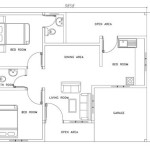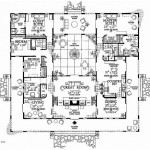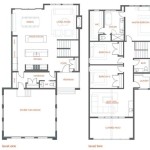House of Representatives Seating Plan 2018: A Comprehensive Guide
The seating plan of the United States House of Representatives is a carefully designed arrangement that reflects the political dynamics of the chamber. The House chamber is a semi-circular room, with the Speaker's podium at the front and the members' desks arranged in rows facing it. The seating plan is based on seniority, with the most senior members seated closest to the Speaker and the most junior members seated furthest away. Members of the majority party are seated on the right side of the chamber, while members of the minority party are seated on the left side.
The seating plan is not static, and can change from year to year as the composition of the House changes. The most recent seating plan was adopted in January 2019, following the 2018 midterm elections. The plan reflects the change in control of the House, with the Democrats now holding the majority and the Republicans holding the minority. The new seating plan also reflects the increased diversity of the House, with a record number of women and minorities serving as members.
The seating plan of the House of Representatives is more than just a matter of convenience. It is a reflection of the power dynamics of the chamber, and it can have a significant impact on the way that legislation is debated and passed. By understanding the seating plan, you can better understand how the House of Representatives works.
Here are some of the key aspects of the House of Representatives seating plan:
1. Seniority
The most senior members of the House are seated closest to the Speaker. This is a reflection of their experience and seniority, and it gives them a greater voice in the chamber's proceedings. The most senior member of the House is the Speaker, who is elected by the members of the majority party. The Speaker presides over the House and has a great deal of power over the chamber's agenda.
2. Party affiliation
Members of the majority party are seated on the right side of the chamber, while members of the minority party are seated on the left side. This division reflects the political divide in the House, and it can have a significant impact on the way that legislation is debated and passed. The majority party has control over the chamber's agenda, and it is more likely to pass legislation that is supported by its members. The minority party, on the other hand, has less power to influence the chamber's agenda, and it is more likely to oppose legislation that is supported by the majority party.
3. Geography
The seating plan of the House of Representatives also reflects the geographical diversity of the United States. Members from different regions of the country are seated together, which can help to foster a sense of community and cooperation. For example, members from the Northeast are seated together on the right side of the chamber, while members from the West are seated together on the left side.
4. Diversity
The seating plan of the House of Representatives is also becoming increasingly diverse. In recent years, there has been a significant increase in the number of women and minorities serving in the House. This diversity is reflected in the seating plan, which now includes a greater number of women and minorities seated in prominent positions.
The seating plan of the House of Representatives is a complex and fascinating subject. It is a reflection of the power dynamics of the chamber, and it can have a significant impact on the way that legislation is debated and passed. By understanding the seating plan, you can better understand how the House of Representatives works.

Congressional Balance Of Power Republican Majority The House Bloomberg Government

2024 House Election Interactive Map 270towin

Congress Seating Charts Hobnob Blog

House Of Representatives Seating Plan Parliament
2024 United States House Of Representatives Elections Wikipedia

Mass House To Have More Democrats Than Any Session Since 2009 Masslive Com

The Country S Population Is Growing But Congress Standing Still

What To Expect In The 2024 Elections

Why The Us House Of Representatives Has 435 Seats And How That Could Change

Election 2024 Nc Candidates For House Of Representatives Raleigh News Observer








